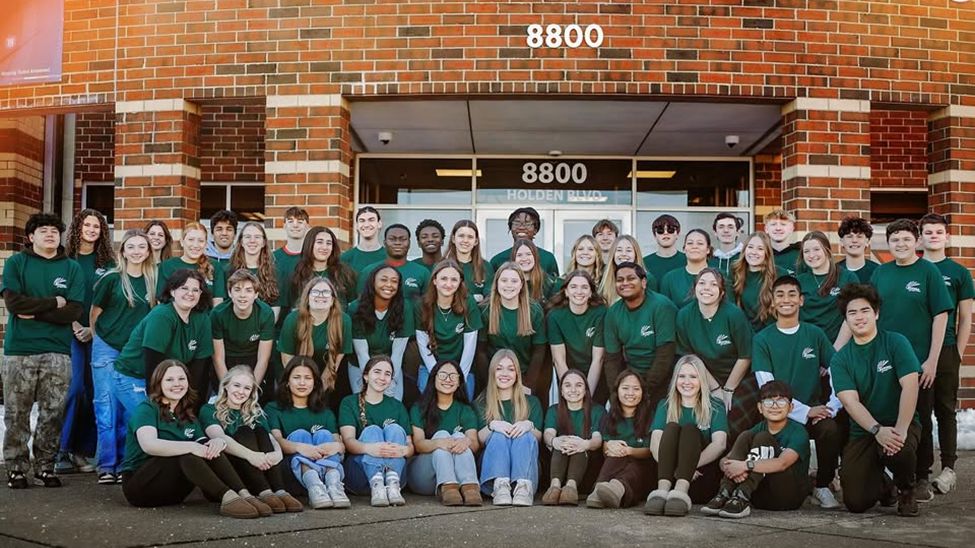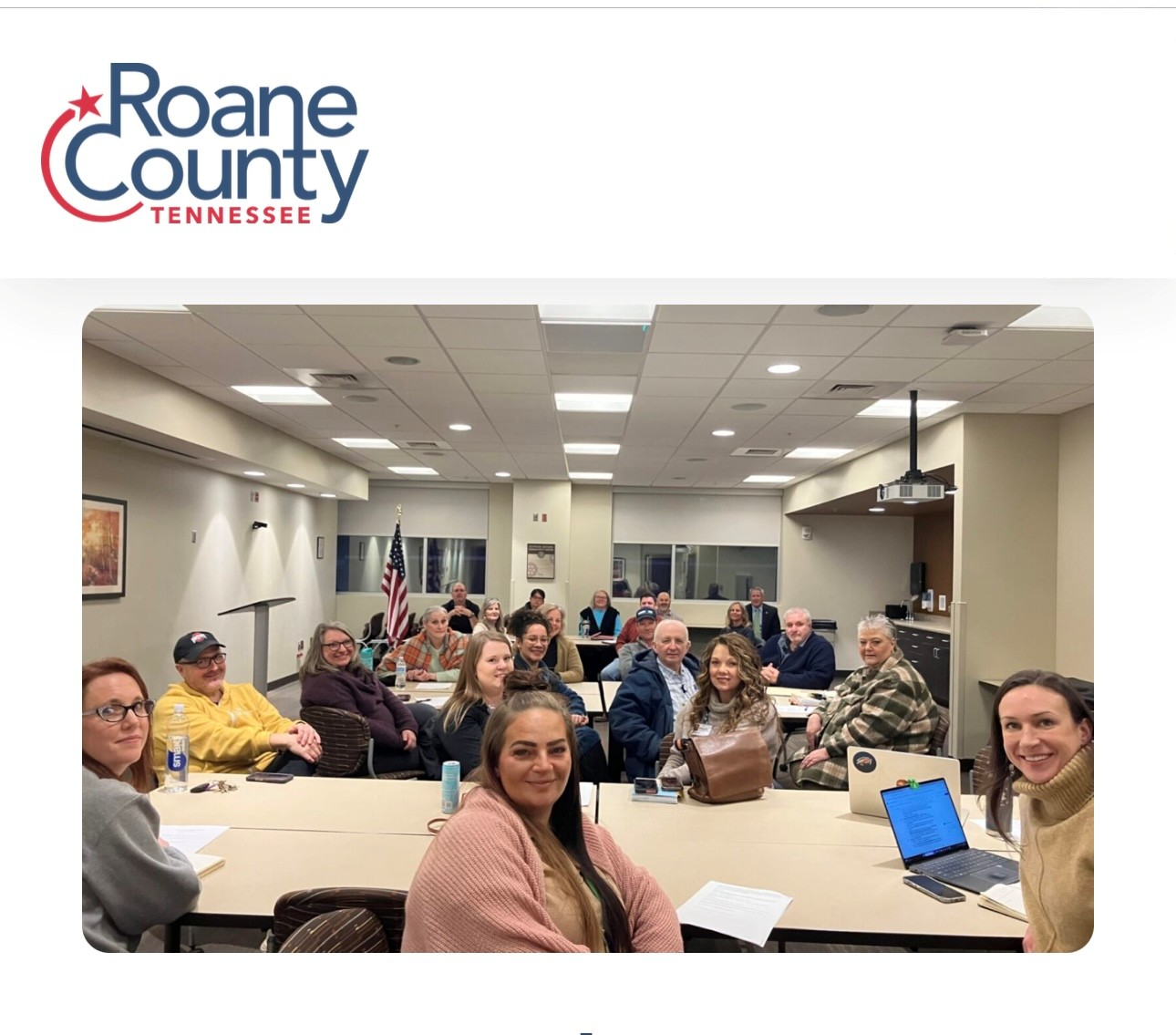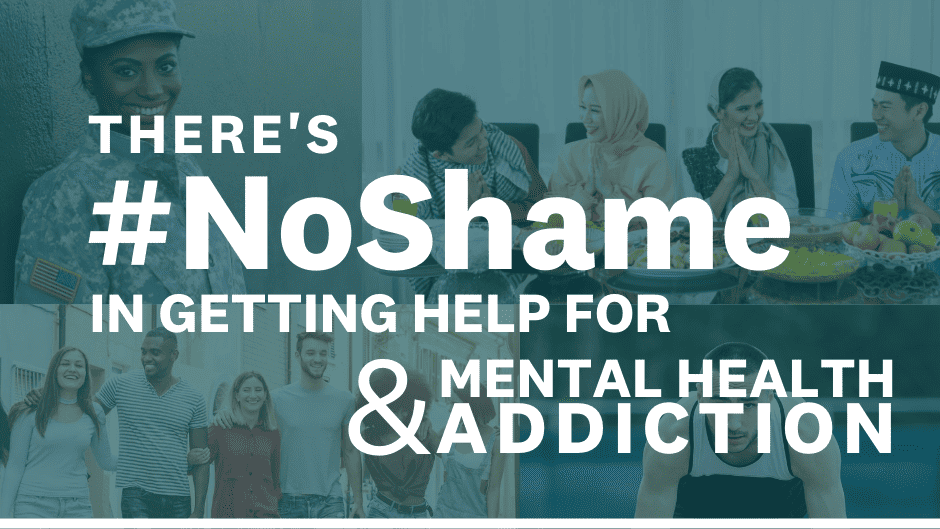What to know
The Drug-Free Communities Program is the nation’s leading effort to support communities working to prevent youth substance use.
Coalitions are making an impact
Since late 2023, overdose deaths have steadily declined each month—a strong sign that public health interventions are making a difference and having a meaningful impact.
A national evaluation conducted by the Office of National Drug Control Policy in 2024 found that 1 in 5 or an estimated 63 million Americans lived in communities served by Drug-Free Communities (DFC)-funded coalitions. The evaluation findings demonstrate that DFC coalitions successfully build local capacity to prevent and reduce youth substance use and have a positive impact in their communities.
In 2024:
- DFC coalitions reported decreases in use of alcohol, marijuana, tobacco, and prescription drug misuse among middle- and high school-aged youth living in DFC-funded communities over a 30-day period.
- DFC coalitions successfully mobilized approximately 44,000 community members to engage in youth substance use prevention/reduction efforts.
- DFC coalitions covered diverse communities: 57% served rural and/or frontier communities, 43% served suburban communities, and 27% served urban communities.
Coalitions focus on advancing protective factors that buffer youth against substance use, such as community involvement, positive contributions to peer groups, and establishing safe and supportive school environments. They also address risk factors, such as perceived acceptability of substance use, availability of substances, and favorable attitudes towards substance use, among others.






